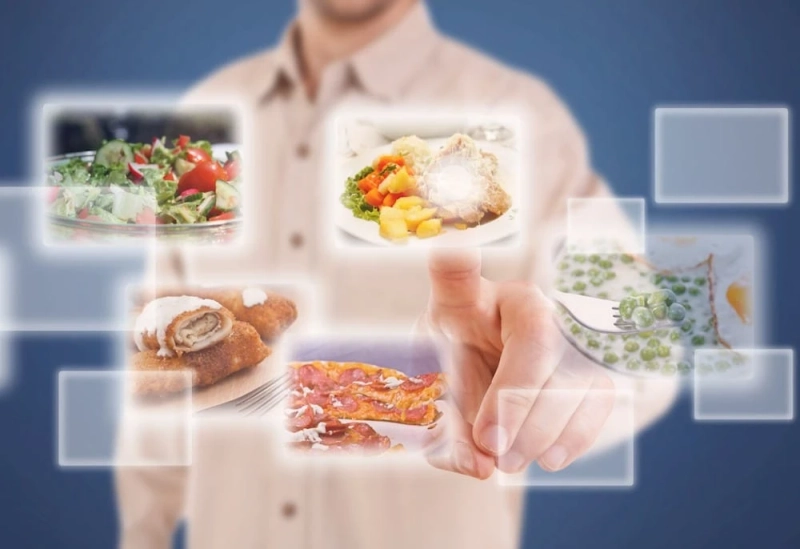The future of restaurants is disrupted and changing at a rapid rate. Changing consumer preferences and technological advancements are making restaurants more vulnerable to the impact of disruptive technologies. These innovations include the use of food delivery apps, Robots, and Cashless payment options.
Food delivery apps
Food delivery apps are a key example of disruptive technology in restaurants. The companies that developed these apps found a gap in the market and slid in between the established restaurants and consumers. They offered fast delivery, and people quickly decided to use the apps to order food. Although the companies approached established restaurants to tap into this new market, many restaurants are still resistant to the concept.
The success of these apps depends on market dynamics and legal and regulatory issues. Competition among delivery platforms will be a major battleground in the coming years. As rival delivery platforms compete for restaurant customers and drivers, they will continue to expand their services.
Robots
Robots investments are a growing area of research in the hospitality industry. While the field is rapidly developing, there is still a lack of comprehensive data on this emerging technology. Academic research on robotics and AI applications in hospitality is mostly descriptive, focusing on case studies and prototype developments. Moreover, research on robotics and AI applications in restaurants tends to be focused on the US or Asia, and little attention is given to other regions.
Although robots are unlikely to replace human servers, disruptive technology in restaurants is making food service easier, faster, and safer. Recently, restaurants all over the world began experimenting with robotic solutions. This trend is expected to continue, with some restaurants already introducing automated kitchen robots. Analysts are predicting continued growth in the global robotics market through 2025. This is how robot investments are increasing rapidly.
Cashless payment options
Contactless payment options are gaining popularity in many industries, and restaurants are no exception. They can be easy and convenient for restaurant guests, and they offer extra security. Contactless payments use mobile technology to transmit financial information over short distances. With contactless payments, people can wave their phones over POS systems, or use their mobile wallets, like Apple Pay. Many restaurants, especially those offering to-go meals, are upgrading their POS systems and credit card readers to accommodate the new technology.
Restaurants should be sure to understand the needs of their customers. For example, some customers may not want to use a credit card, while others may not be comfortable using one. This can be problematic for restaurants with a high volume of customers. While many consumers appreciate the convenience, adding fees to their transaction costs can hurt restaurant profitability. In addition to additional costs, credit card data security is a major concern for restaurants.
Dark kitchens
The number is expected to grow rapidly. Venture capital backers, established restaurants, and virtual brands are all investing in the technology. As consumer preferences shift to more convenient and more personal options, the food service industry is trying to stay ahead of the curve. Event companies, contract caterers, and other players are all trying to adapt to this new paradigm.
While dark kitchens are still in their early stages, they are already generating millions of dollars in investment. Several disruptive technology in restaurants companies are experimenting with the technology. While this technology is still in its infancy, many questions remain. Some of these concerns include hygiene, land use, and working conditions.
Online ordering apps
Online ordering apps are transforming the way consumers order and pay for food, and the restaurants that don\'t offer this feature are missing out on an opportunity to grow their business with robot investments. This disruptive technology in restaurants makes it easy to place orders with just a few clicks and allows customers to familiarize themselves with your menu before placing an order. This helps to improve the customer experience at your establishment while increasing the total sale value per order.
Robot investments are constantly evolving. The best way to stay on top of the trends is to stay up-to-date on new technology. Using tried and true plans for too long will quickly lead to obsolescence. Being disrupted is never as good as being a disruptor, so it\'s important to embrace new technologies and the needs of your customers.



